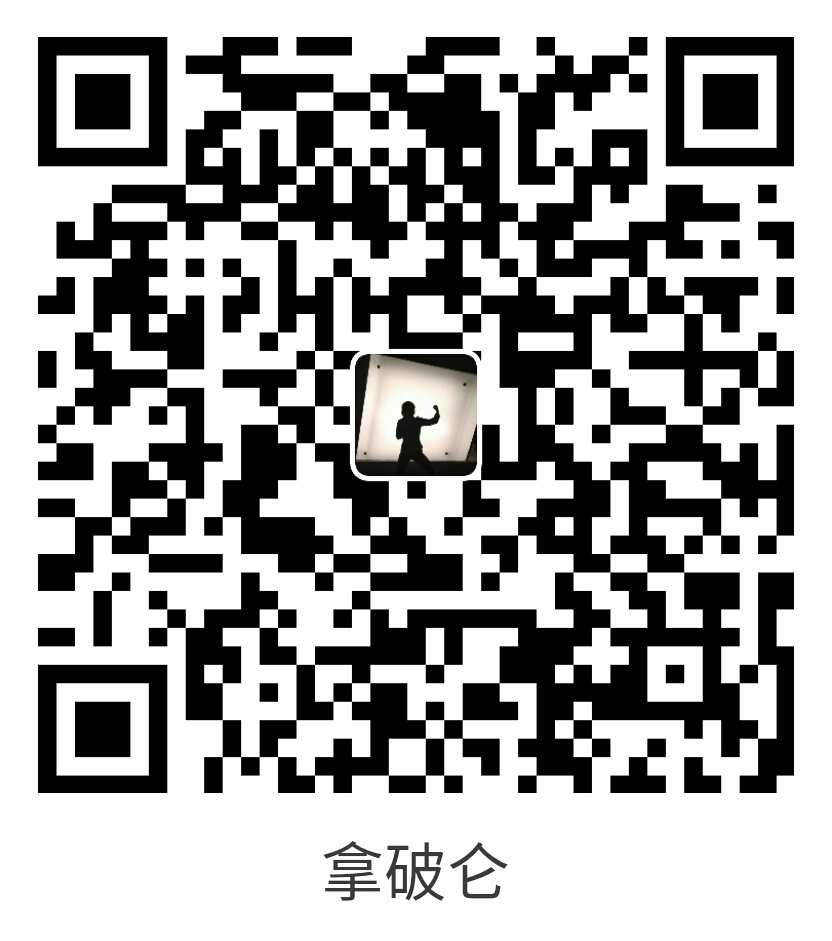
支付宝扫一扫付款

微信扫一扫付款
(微信为保护隐私,不显示你的昵称)
一些web服务器已经可以提供很多的认证模块了,包括Apache。总地说来,这些模块设置了一些环境变量,用来确定哪些用户访问你的程序。Symfony支持大多数认证机制(authentication mechanisms)。这些请求被称为预认证请求(pre authenticated requests),因为用户在抵达你的程序时已经通过身份认证。
模拟用户 不兼容预认证防火墙。因为模拟(impersonation)要求认证状态(authentication state)必须在服务器端保持,而预认证信息(SSL_CLIENT_S_DN_Email, REMOTE_USER 或其他)是在每一次的请求中发送。
当使用客户端证书(client certificates)时,你的web服务器自行处理所有的身份认证进程。例如,在Apache中你可以使用 SSLVerifyClient Require 指令。
在安全配置中开启特定的X509 authentication防火墙:
1 2 3 4 5 6 7 8 9 | # app/config/security.yml
security:
# ...
firewalls:
secured_area:
pattern: ^/
x509:
provider: your_user_provider |
1 2 3 4 5 6 7 8 9 10 11 12 13 14 15 16 | <!-- app/config/security.xml -->
<?xml version="1.0" encoding="UTF-8"?>
<srv:container xmlns="http://symfony.com/schema/dic/security"
xmlns:xsi="http://www.w3.org/2001/XMLSchema-instance"
xmlns:srv="http://symfony.com/schema/dic/services"
xsi:schemaLocation="http://symfony.com/schema/dic/services
http://symfony.com/schema/dic/services/services-1.0.xsd">
<config>
<!-- ... -->
<firewall name="secured_area" pattern="^/">
<x509 provider="your_user_provider" />
</firewall>
</config>
</srv:container> |
默认时,防火墙把 SSL_CLIENT_S_DN_Email 提供给user provider,并在 PreAuthenticatedToken 里把 SSL_CLIENT_S_DN 设为凭证。通过在X509防火墙中分别配置 user 和 credentials 选项键可以覆写它们。
authentication provider将只向“发起请求的用户名”的user provider发起通知。你需要创建(或使用)一个由 provider 配置参数(在本例中即 your_user_provider)所引用“user provider”。这个provider将用户名转化为你需要的User对象。关于创建和配置用户user provider的更多信息,参考:
许多认证模块,像Apache的 auth_kerb 使用 REMOTE_USER 环境变量来提供用户名。这个变量可以被程序信任,因为认证过程在请求到达之前已经完成。
要使用 REMOTE_USER 环境变量来配置 Symfony ,只需在安全配置中启用相应的防火墙:
1 2 3 4 5 6 7 | # app/config/security.yml
security:
firewalls:
secured_area:
pattern: ^/
remote_user:
provider: your_user_provider |
1 2 3 4 5 6 7 8 9 10 11 | <!-- app/config/security.xml -->
<?xml version="1.0" ?>
<srv:container xmlns="http://symfony.com/schema/dic/security"
xmlns:srv="http://symfony.com/schema/dic/services">
<config>
<firewall name="secured_area" pattern="^/">
<remote-user provider="your_user_provider"/>
</firewall>
</config>
</srv:container> |
防火墙将为用户提供器提供REMOTE_USER环境变量。通过设置防火墙配置中的remote_user 的user键你可以改变这个变量的名字。
如同X509 authentication,你需要配置一个user provider,参考 上一小节 以了解更多。
本文,包括例程代码在内,采用的是 Creative Commons BY-SA 3.0 创作共用授权。